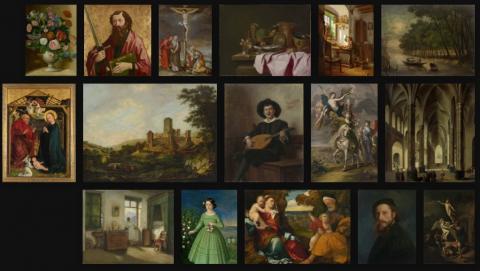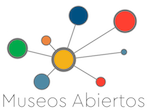
The Digital Curator application allows you to explore the art collections of Central European museums and search for artworks based on specific motifs.
Users of the application can build their combination of objects and reveal how often the subject has occurred across the centuries, view graphics, drawings, or paintings that represent it in different epochs, and compare data with other themes.
The Digital Curator offers a quantitative view of cultural history based on the frequency of symbols and iconographic themes in many artifacts, not on a detailed observation of individual items. This distant viewing can be especially useful if our interest is aimed at exploring a genre, rather than a specific work, to understand the overall social conditions, rather than the life of a particular artist, or to interpret the overall political situation, rather than the views of the selected author. Exploring big cultural-historical data may bring new insights into abstract social phenomena such as cultural and economic influence, canon issues, the relationship between the center and the periphery, or the functioning of the art market. It can also help us better observe the migration of motifs and their takeover across centuries and distant regions.
The Digital Curator database now contains 158 456 works from the collections of 90 museums from Austria, Bavaria, the Czech Republic, and Slovakia. 33 750 of these works are available under an open license, so it is possible to view them online. Other works are used only as a basis for statistics, presenting the frequency of occurrence of motifs. The AI library for machine learning TensorFlow and the computer service Google Cloud including the tool Google Cloud Vision were used for the automatic detection of the depicted motifs. Data search and storage is performed using the ElasticSearch database and the operation of the application is provided by the Google App Engine service.
